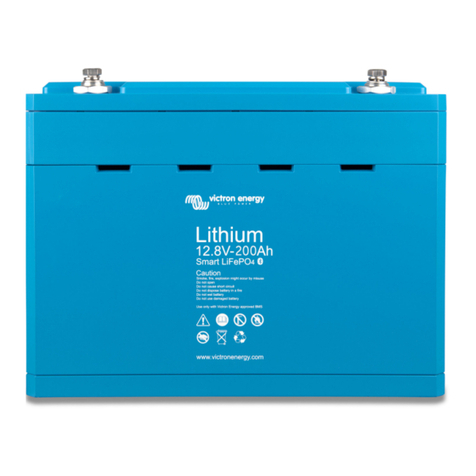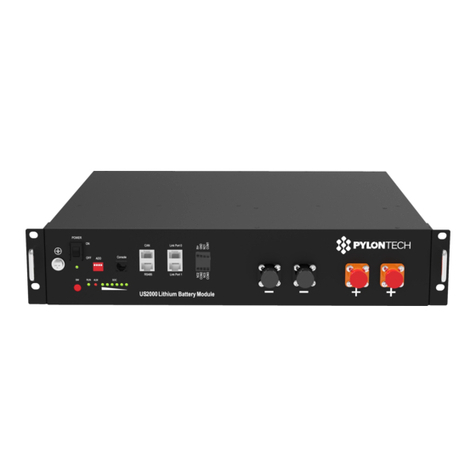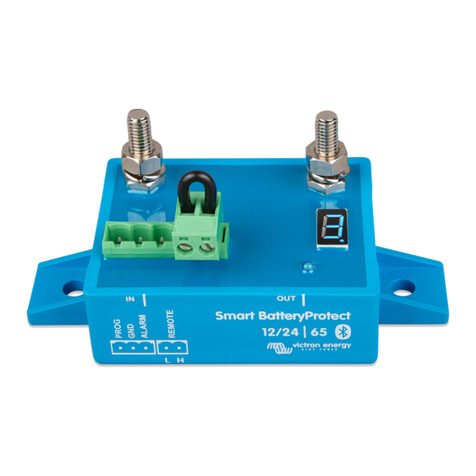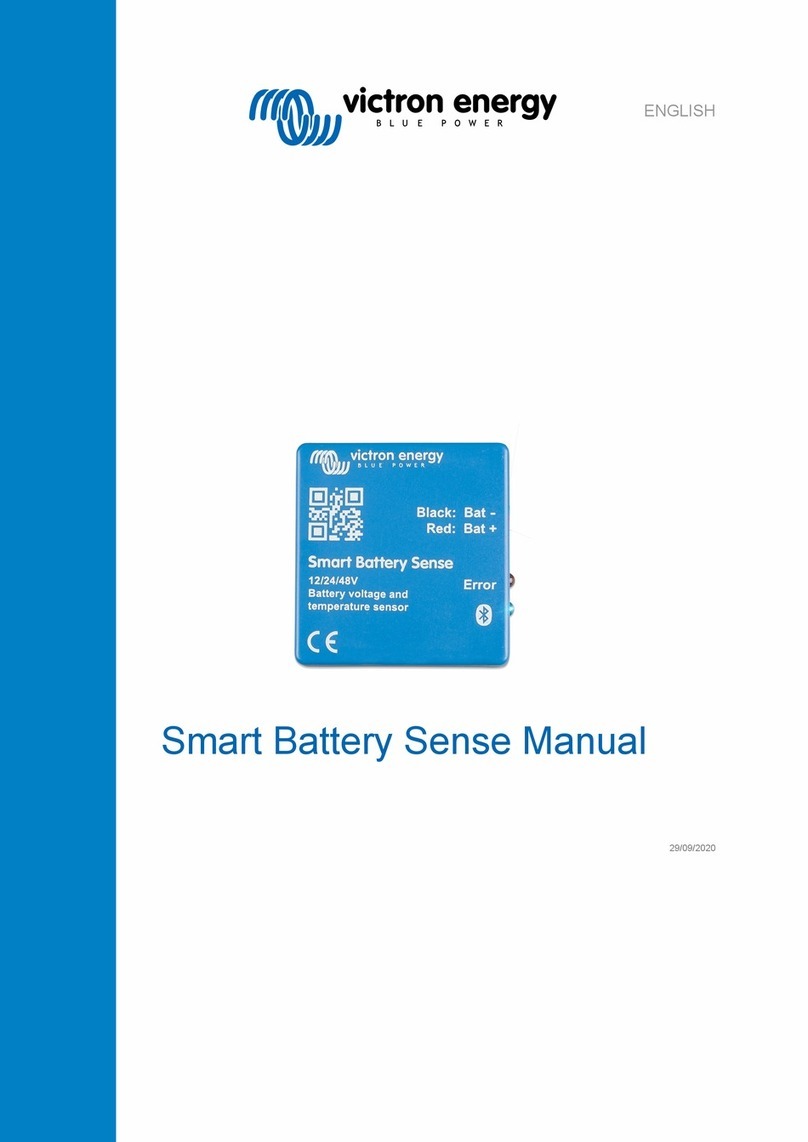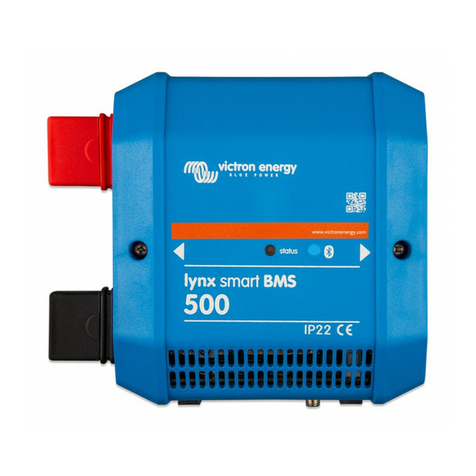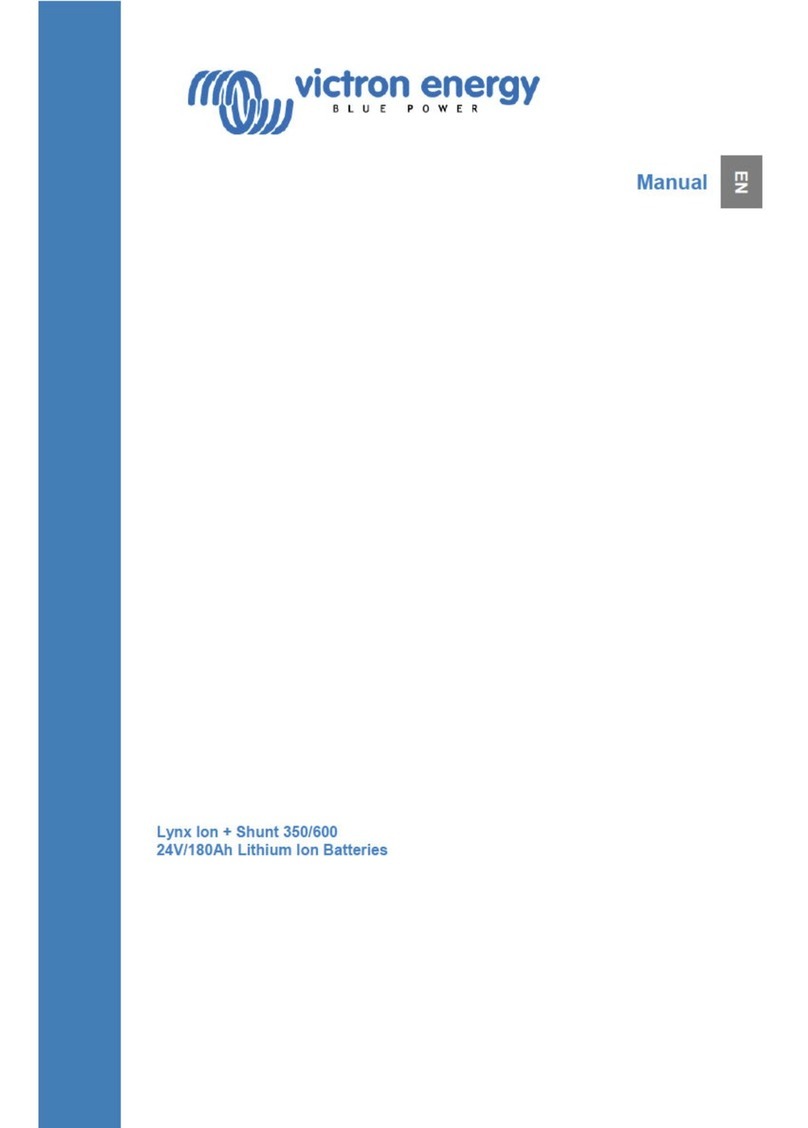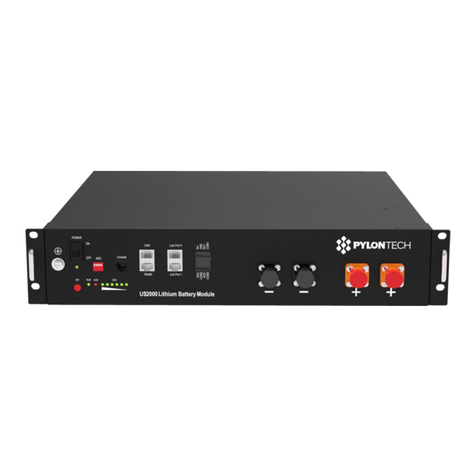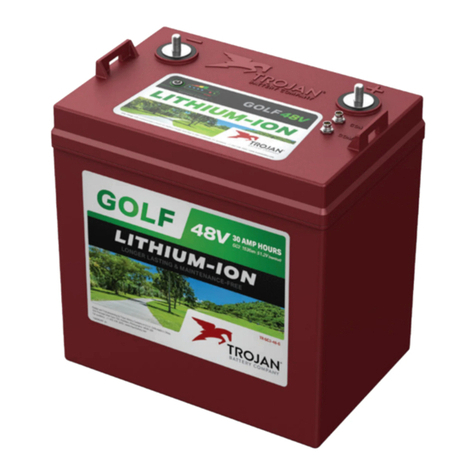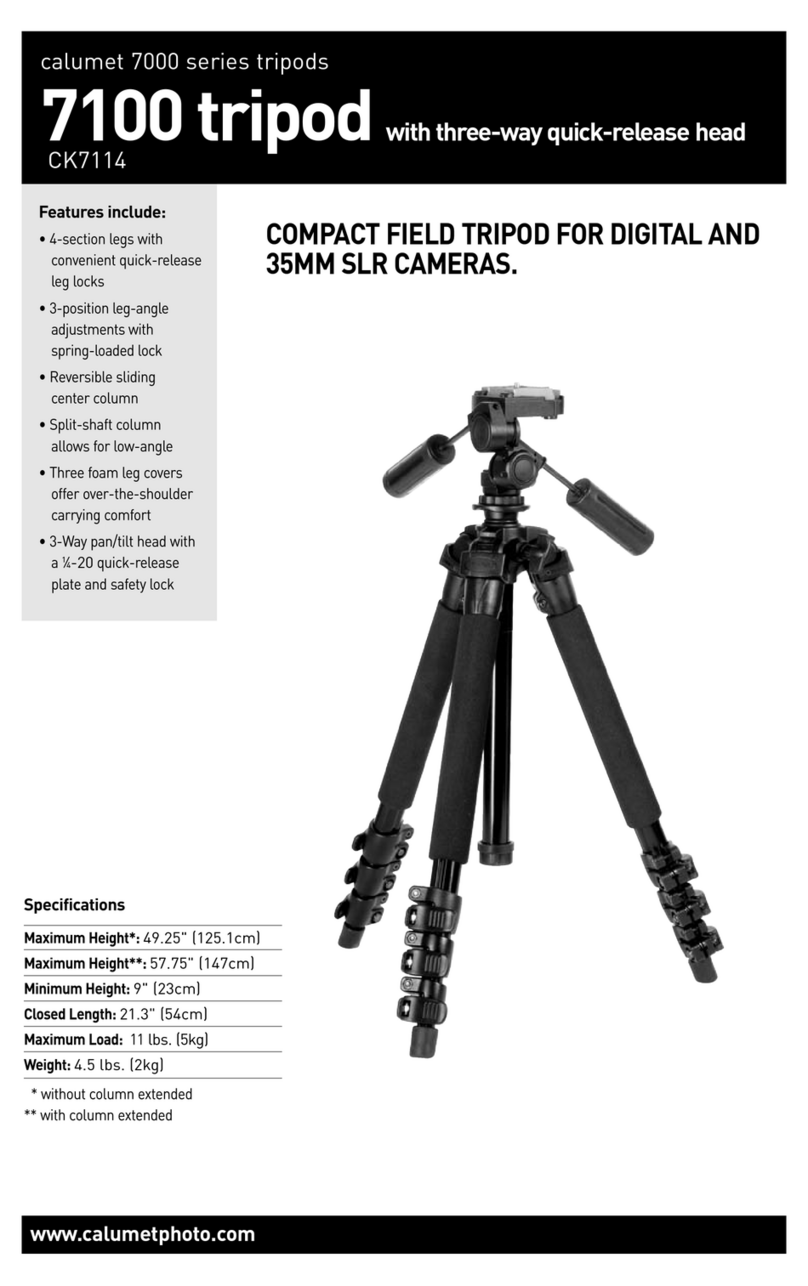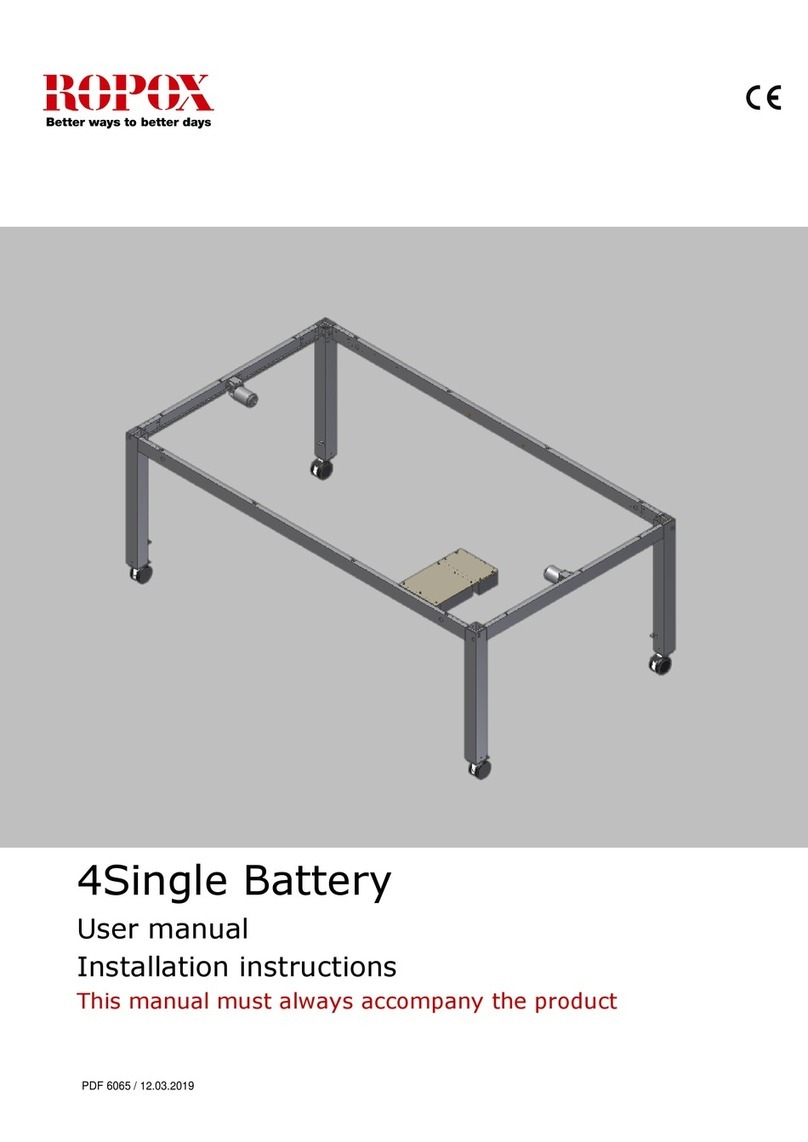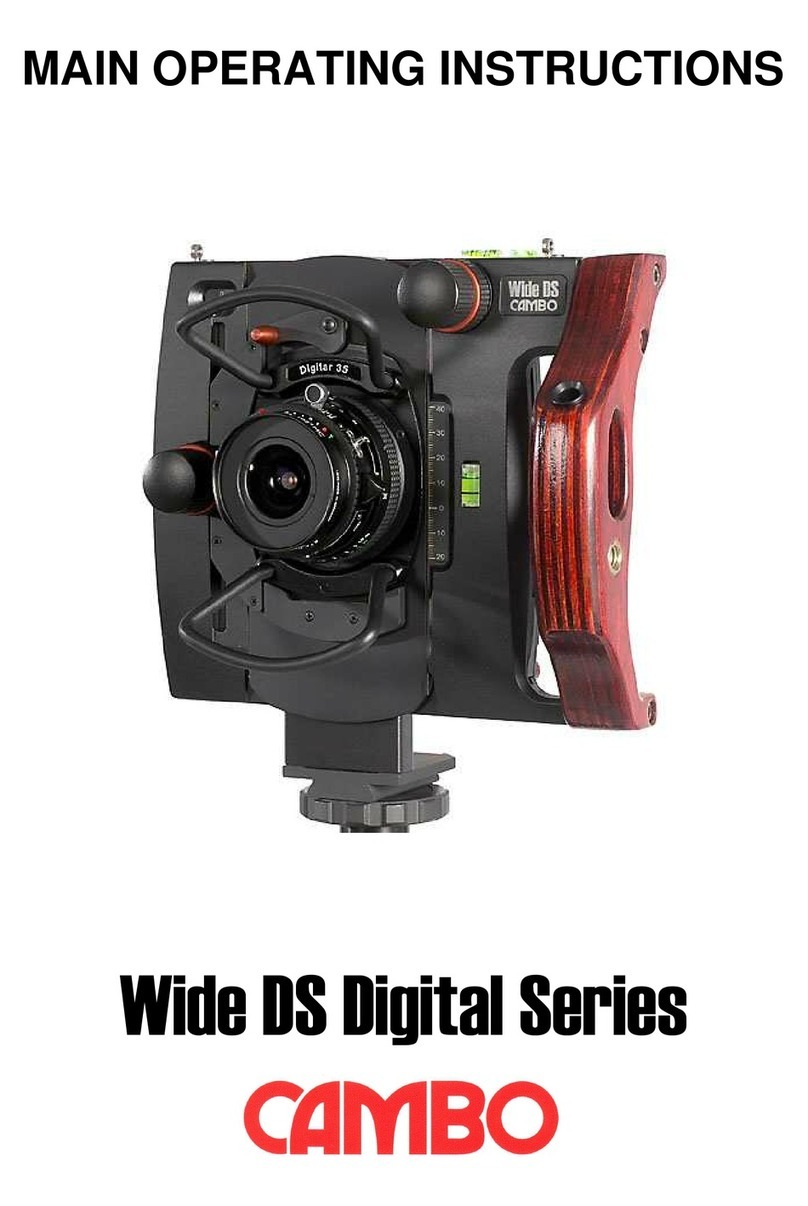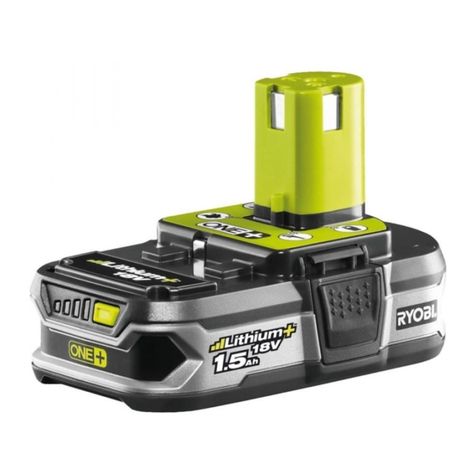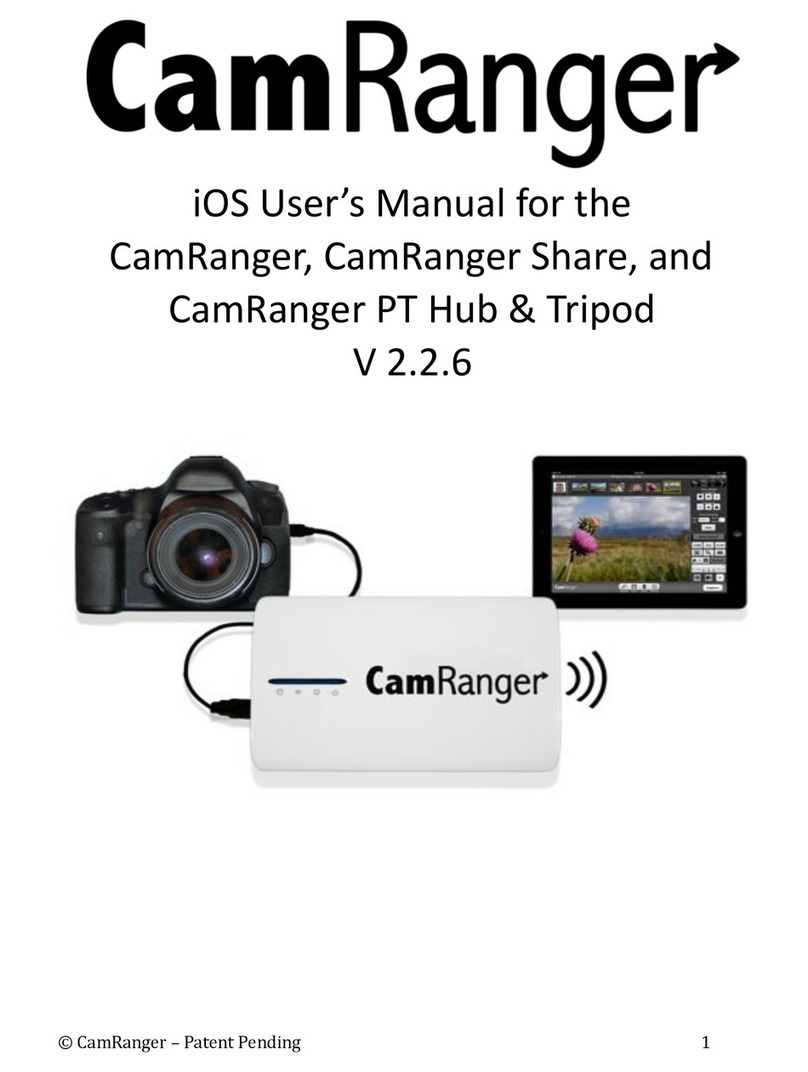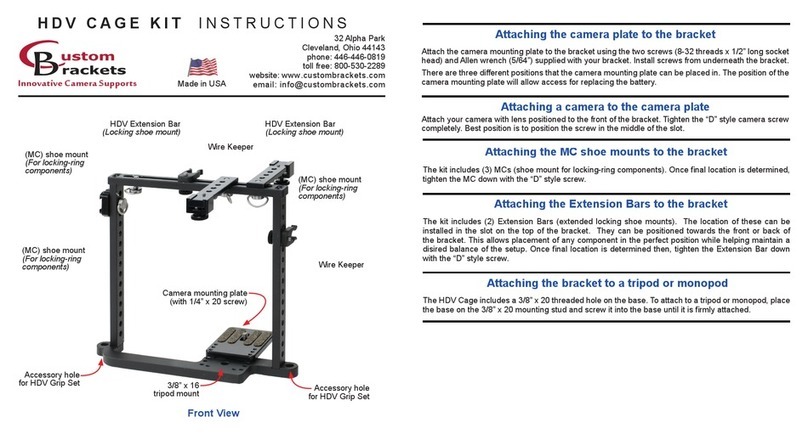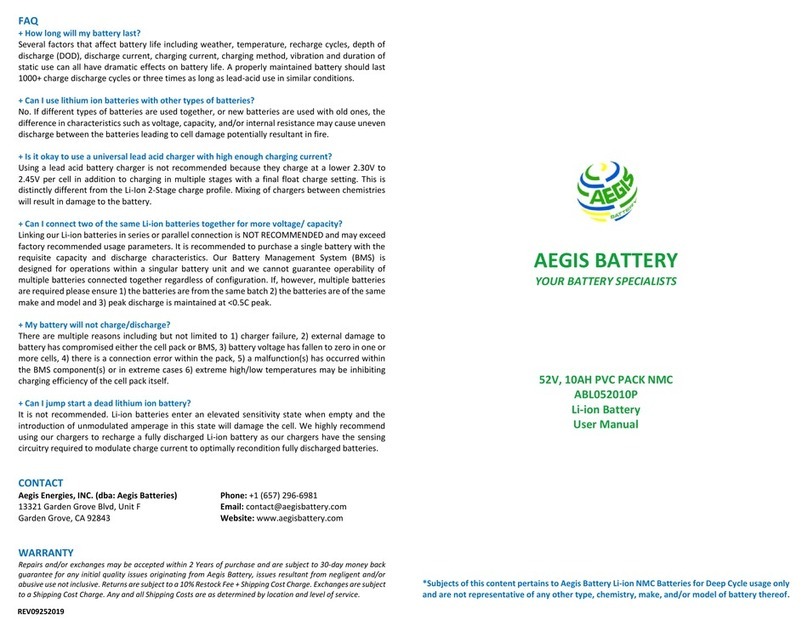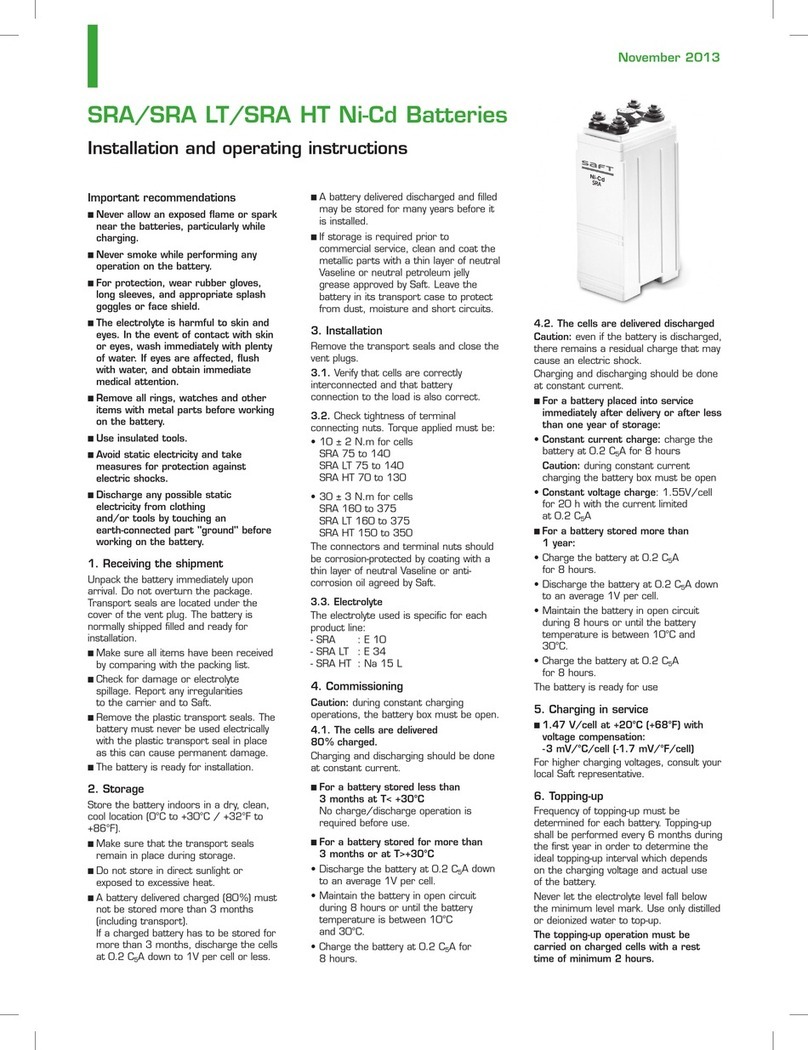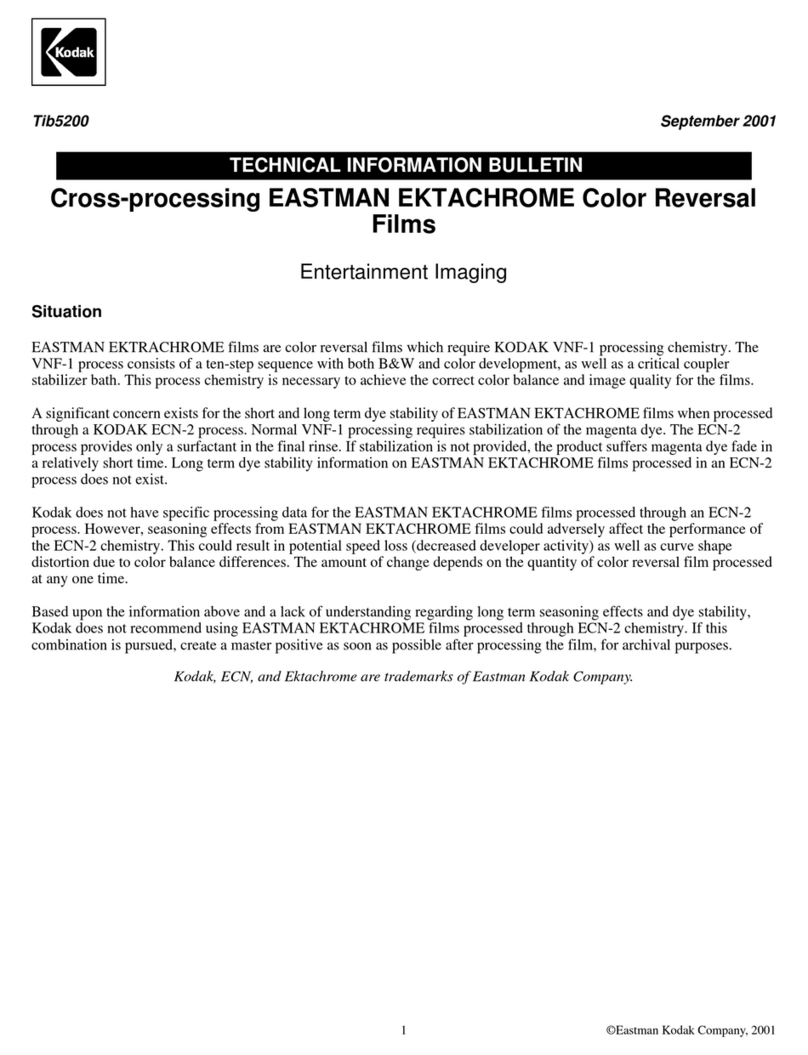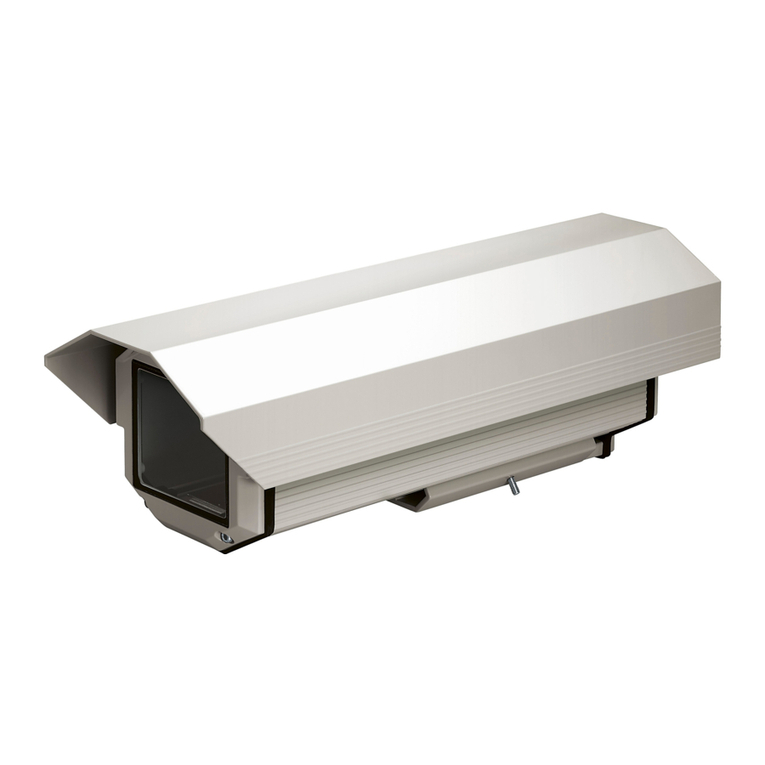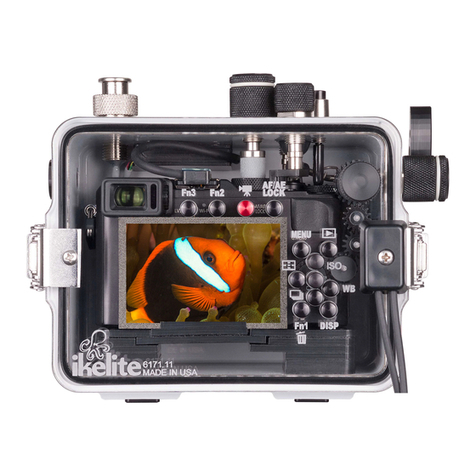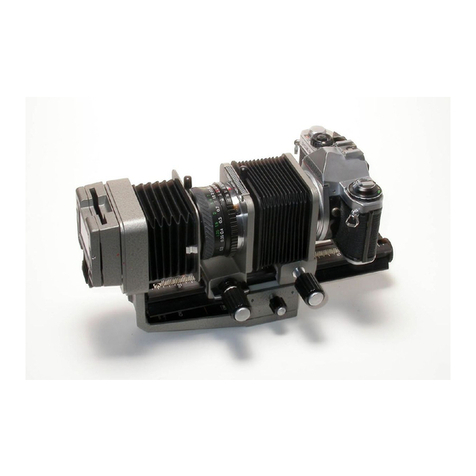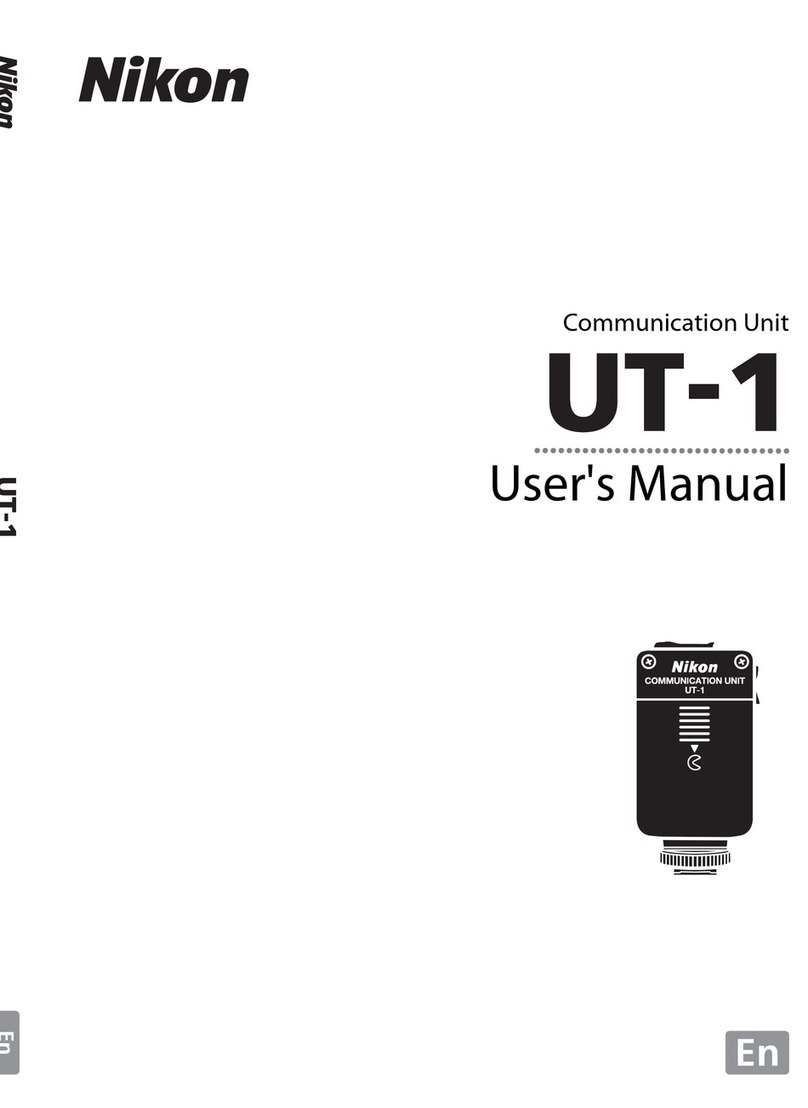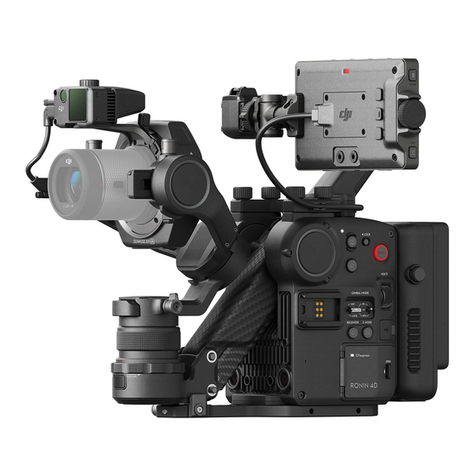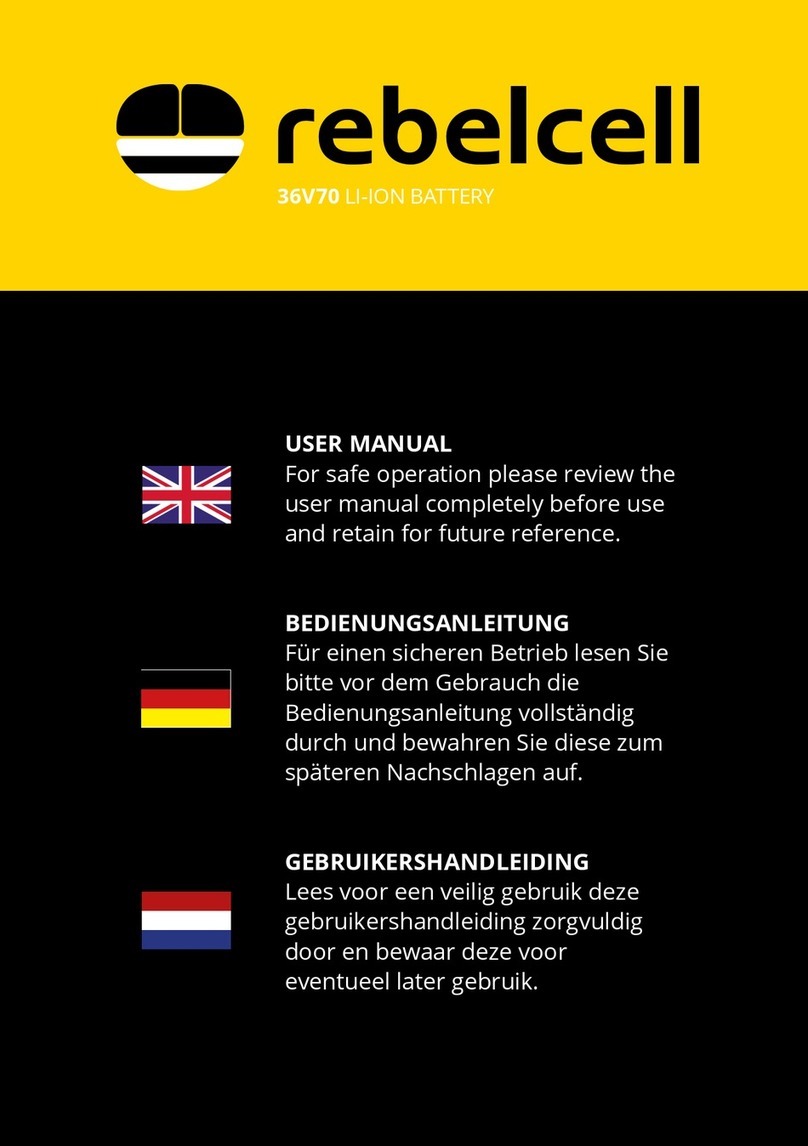
3
1.3 Transport and storage
On storage or transport of the product, ensure that the battery leads are disconnected.
No liability can be accepted for damage in transit if the equipment is not transported in its
original packaging.
Store the product in a dry environment; the storage temperature should range from –20°C to
60°C.
1.3.1 Storage instructions of Lithium batteries
Store the Lithium batteries always fully charged.
Check the voltage of the stored Lithium battery periodically. If the voltage is dropped below
24V, recharge it. Because of the battery management electronics there is always a leakage
current which will eventually empty the battery. The weekly consumption of the BMS inside
a 24V/180Ah battery, when not connected to the Lynx Ion, is approximately 2Wh per week.
1.3.2 Storage instructions of a complete system (Lithium batteries with Lynx)
Lithium batteries will permanently damage when fully drained. The system has a small self-
discharge which needs to be taken into account when storing the system. It is best to
always store the batteries fully charged.
•
Standby consumption 24V Systems: 77mW for the Lynx Ion (standby) and 28mW
per installed battery.
•
Standby consumption 48V systems: 187mW for the Lynx Ion (standby) and
160mW per installed battery.
Two calculation examples:
•
A full single 24Volt battery connected to a Lynx Ion which is in standby will last
approximately 1800 days. The same system, but then automatically switched to
standby mode due to under voltage will last approximately 90 days.
•
A full 48Volt system with two batteries in series, connected to a Lynx Ion which is
in standby will last approximately 725 days. The same system which has
automatically disconnected and switched to standby mode due to under voltage
will last approximately 37 days.
Note:
From Lynx Ion firmware v1.17 and onwards there has been a significant improvement. The
standby consumption of a Lynx Ion with firmware version v1.16 or lower is approximately
0,8W @ 26,2V and 1,5W @ 52,4V, instead of 77mW and 187mW. The Lynx Ion firmware
version is displayed at the Diagnostics page on the Ion Control display. It is also printed on
a label, which can be found on the back of the Lynx Ion. To update the firmware, contact
your Victron Energy representative.
